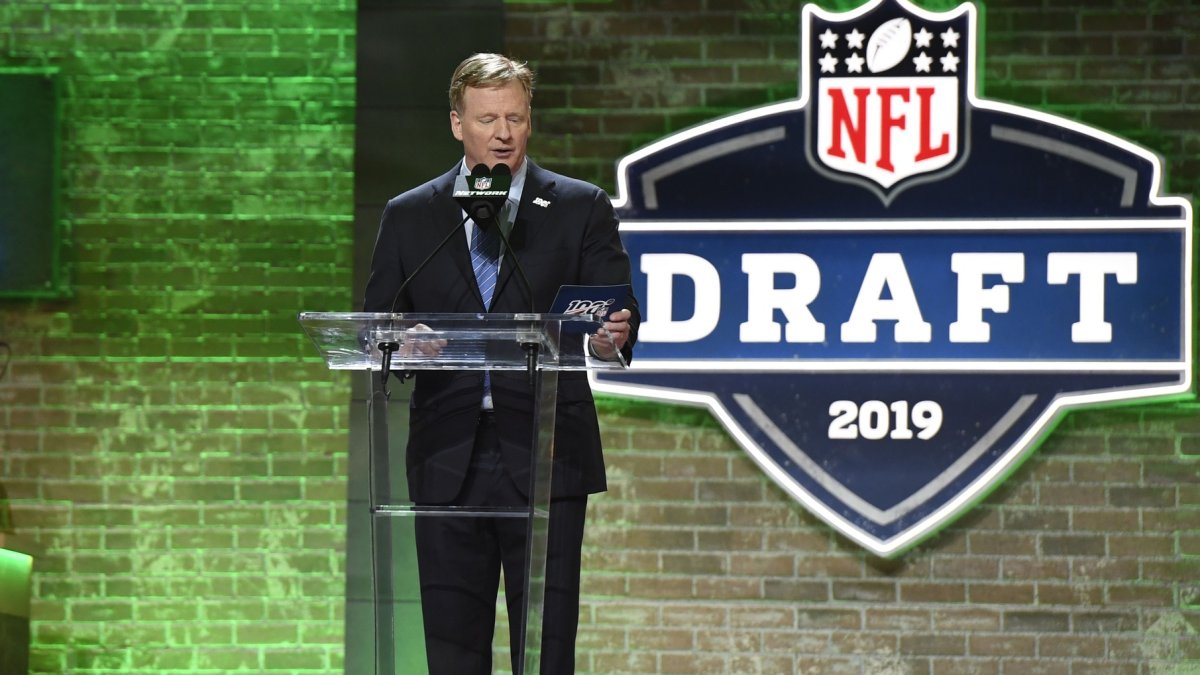The discussion around draft-pick values and positional value in the NFL draft has gotten louder each year as more and more studies are conducted, yet we’re still seeing some of the same bad tendencies from NFL teams. Many in the analytics community bemoaned the drafting of running backs in the first two rounds, with several taken by teams known to be more analytically minded.
Positional value is a crucial component to draft analysis, but perhaps an even more troubling trend is the way in which NFL teams are trading draft picks.
Trades were way down in the 2020 draft, with just 25 pick-for-pick transactions after three straight years with at least 35 from 2017-19. This was presumably a COVID-19 effect on team confidence — they felt less secure in their evaluation of a player with limited information and couldn’t justify spending extra draft capital on getting them. But the thing is, the data shows that they probably shouldn’t feel too confident in their evaluations in a normal year either, especially not confident enough to trade away multiple picks for just one player.
We’ve discussed the topic of NFL draft pick value ad nauseam here at PFF, with our very own Timo Riske even going so far as to create a draft pick value chart using PFF wins above replacement. The consensus among those who’ve created more advanced draft pick value charts is that NFL teams tend to artificially inflate the value of high draft picks and undervalue middle- and late-round picks. This notion was first explored by Cade Massey and Richard Thaler in their groundbreaking research on “The Loser’s Curse,” which you can find here. Countless studies have since arrived at similar conclusions.
Of course, there is a higher probability of landing a good player the earlier he is selected, and teams obviously like to draft guys who fit what they want to do at that player’s respective position. We hear every year about how a college prospect was or was not a fit in each team’s scheme, and internally the clubs know exactly how they wish to deploy each player they add, so they tend to get enamored with certain guys. But what if we told you they aren’t even successful doing that?
Exclusive content for premium subscribers

WANT TO KEEP READING?
Dominate Fantasy Football & Betting with AI-Powered Data & Tools Trusted By All 32 Teams
Already have a subscription? Log in



 © 2025 PFF - all rights reserved.
© 2025 PFF - all rights reserved.